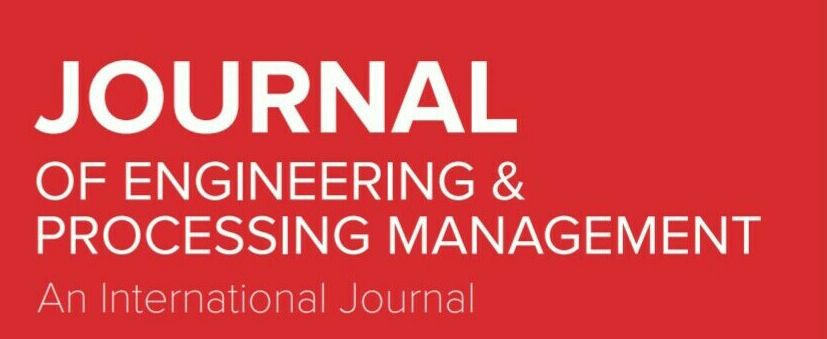Air-thermal oxidation of zirconium
DOI:
https://doi.org/10.7251/JEPM1709081KAbstract
Zirconium is one of those few metals which are capable of dissolving relatively
large quantities of oxygen. When heated in air at elevated temperatures, an
oxide layer is built up at the metal surface. The oxidation of mechanically
polished zirconium was studied in the range 500-900oC in air atmosphere, at
temperature intervals of 100oC, for exposure times from 5 min to 1860 min for
each temperature. The weight gain of the oxidized species was the reacted
amount of oxygen with zirconium for the formation of the ZrO2. The weight gain
and thickness of the oxide film increase with the increasing of the oxidation time
and temperature. The oxidation initially followed a parabolic rate at all
temperatures. At temperatures higher than 700oC oxide “breakaway” appears at
the longest oxidation times. Microstructural investigations have shown that the
oxide layers are compact and with good adhesion to the metal surface, but at
temperatures over 700oC, radial micro-cracks appear. Raman spectra of the
formed oxides at the investigated temperatures are characteristic for monoclinic
phase.

